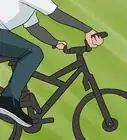This article was co-authored by Courtney Fose, RD, MS. Courtney Fose is a Registered Dietitian and Certified Nutrition Support Clinician at the University of Arkansas for Medical Sciences. She has worked as a Dietitian since 2009, and received her MS in Clinical Nutrition from the University of Arkansas in 2016.
There are 13 references cited in this article, which can be found at the bottom of the page.
This article has been viewed 30,939 times.
Being overweight as a teenager can be tough. This is especially true if you have over 100 pounds of weight to lose. Fortunately, as a teenager you can make many diet, exercise, and lifestyle changes to improve your health and lose a few pounds. Before you start losing weight, start by setting clear goals and developing a plan. Then, with slow and steady progress, you'll be able to reach your long-term weight goals. If you’ve got questions on how to work your way towards success, we’ve got the answers!
Steps
Getting Ready for Weight Loss
-
1Talk to your doctor. Anytime you're interested in losing large quantities of weight (more than 25 or 30 pounds) you should always consult your physician first. It's important to get a parent or guardian to help make your doctor's appointment and ask what's safe if there are additional resources and support.
- Make an appointment with your doctor or pediatrician if you still see one. Talk to them about your desired amount of weight loss and ask how you can go about weight loss safely and appropriately.
- Also ask if your doctor has any information on additional support from people like: a registered dietitian, exercise physiologist, therapist or young adults weight loss programs.
- If you don't have a doctor you see regularly, speak with your parent or guardian about finding a physician who can help you meet your goals.
- Also consider talking to a registered dietitian. These nutrition and weight loss professionals can help design a diet with you and provide you with specific food and meal information to help you lose weight. You can search for a dietitian in your area here: http://www.eatright.org/find-an-expert
- You may even want to stop by the school nurse's desk for additional information and resources that your school can provide you with.
-
2Set realistic expectations for yourself. Before starting to lose weight, you should set some realistic goals and expectations for yourself. This will help make sure that your goals are achievable.
- Typically, it's only recommended to lose about 1 – 2 pounds per week. This usually results from a combination of smaller portions and increased physical activity.[1]
- Aiming to lose more weight than this is considered unsafe. Plus, you won't be eating enough nutrients to support your growing and developing body.
- If you have 100 pounds to lose, it'll take you roughly one year to reach your goal. This slow and steady weight loss has been shown to be easier to maintain long-term.[2]
Advertisement -
3Avoid fad diets and weight loss pills. In your planning of different types of diets or methods of weight loss, you may come across fad or crash diets in addition to weight loss pills. Although these may sound great, they should be avoided at all costs.
- Fad diets are programs that promise very quick weight loss in short periods of time without diet or lifestyle changes.[3] Health professionals consider these unrealistic and unsafe.
- Even if your friends are following a particular diet or you've come across something on social media, if it seems like a fad diet, it's best to avoid it.
- Any diet that seems "too good to be true" or promises significant weight loss without you having to change anything is most likely a fad diet.
- Weight loss pills that you can purchase online or over-the-counter are also not recommended. In addition, they can make you sick, interfere with your current health conditions or medications.
-
4Start a food journal. A food journal is a great tool for anyone looking to lose weight. It can teach you a lot about your food and eating habits in addition to keeping you accountable long-term.[4]
- Download a food journal or food/diet tracking app for your smartphone or tablet. MyFitnessPal is a popular app you can use to track your calories as well as your activity level and hydration. Or try https://www.supertracker.usda.gov/, a free website and app that provides a food and activity tracker and a weight manager. Or you can use a pen and paper journal you keep with you.
- Take notes on all the foods you eat throughout the day. Also chart a few days at a time to start with. Make sure to write down your breakfast, lunch and dinner meals plus any drinks, snacks or nibbles you eat throughout the day. Even the nibbles count!
- Review a few days of your food journal and see where there are some areas where you can make changes to your diet. For example, look out for: skipping meals, consumption of a lot of sweetened beverages or snacking at night.
- Keep your food journal as you attempt to lose weight. Tracking your foods can help keep you on track long-term.[5]
Changing Your Diet
-
1Eat at least three meals daily. Its very important to eat at least three meals daily and ensure you're eating regularly throughout the day. This is especially true for teenagers that need food to fuel them throughout the school day.
- Make sure to plan out to have breakfast, lunch and dinner everyday. In addition, you may need to have an afternoon snack.
- Never skip meals or eat meals that are too small. If you skip meals you run the risk of being low on nutrients, increased hunger and be more tempted to overeat or snack later on the in the day.[6]
- Make sure to pack your lunch and afternoon snack or bring money to purchase a school lunch or snack during the week. Consider asking your parents to help prepare lunches for you or buy paper bags or a lunch box so that you can bring a healthy lunch to school with you.
- In addition, studies have shown that teens who skip meals, especially breakfast, end up being overweight compared to those who don't skip meals.[7]
-
2Manage portion sizes. Eating smaller portions of every meal can help you lose weight. By cutting down portion sizes, you're cutting out some extra calories in your day.
- Aim for about 1 to 2 cups per portion. Boys may need a little more than girls do when it comes to portion sizes. If you're purchasing food at your school cafeteria or going out with friends, use your fist to help guide measurements. Your fist is about the size of 1 cup. If you're at home, use a food scale or ask your parents to buy a food scale or measuring cups to help you stay on track.
- Eating on a smaller plate (lunch vs. dinner plate) has been shown to help people control portion size. In studies, people that were provided a larger plate ate significantly more calories compared to people provided a smaller plate.
- Also, aim to stop when you're satisfied, not full. This is your body's natural portion control tool. You shouldn't feel physically full or have any stretching sensation in your stomach.[8]
- Try to eat slowly and take your time. This can help you feel more satisfied with less food during your meal.[9]
-
3Fill up on protein. Protein is an essential nutrient for teens. It can help manage hunger, fuel you through your day and support healthy growth and development.[10]
- Include a source of lean protein at each meal. Make sure to measure your portions as well. One serving is about 3 – 4 oz or about the size of your palm.[11]
- Lean proteins are lower in calories. Try items like: poultry, eggs, low-fat dairy, lean beef, lean pork, seafood, beans, nuts, and tofu.
- When you eat adequate protein throughout the day, it helps you manage your overall hunger.
-
4Eat five to nine servings of fruits and vegetables. In addition to protein, fill up on lots of fruits and vegetables. These food groups are a great addition to a weight loss diet.
- Fruits and vegetables are low in calories, but high in fiber, vitamins, minerals and antioxidants. Measure out 1/2 cup of fruit, 1 cup of vegetables or 2 cups of salad greens.[12] [13]
- If you aim to include five to nine servings of fruits and vegetables, you'll need to include at least one serving at each meal or snack. This is a great idea, as these foods can bulk up your meals without adding very many calories. You'll feel more satisfied with fewer calories.
-
5Eat moderate amounts of whole grains. In addition to both fruits and vegetables, you can increase your fiber intake by adding in the occasional whole grain item.
- Although the majority of your meals should be lean protein, fruits and/or vegetables, including the occasional serving of whole grains is OK. Stick to the appropriate portion size of about 1/2 cup or 1 oz.[14]
- Fiber, from fruits, vegetables and whole grains, is filling and satisfying. If you have a higher protein and higher fiber diet, you'll have an easier time managing your overall hunger during the day.[15]
- Whole grains to try include: quinoa, oatmeal, brown rice, whole wheat bread and tortillas/wraps and whole wheat pasta. Try to stay away from refined grains like white rice, white bread or plain pasta.
-
6Include a healthy snack. As a teen, you may need to add in a snack to your daily meal plan. This is especially true if you're done with school in the afternoon, but won't have dinner til 6 or 7 pm.
- If you need to snack during the day, try choose a nutritious, lower-calorie option. Make your snack count as a great extra shot of nutritious fuel.
- Try to include some lean protein and a fruit or vegetable. Packing snacks from home or preparing a homemade snack will give you the most flexibility with this. Try: grapes or apple with cheese, celery with some peanut butter, 1/3 cup of homemade trail mix, a low-fat yogurt with fruit or hummus and carrots.
- If you only have options at your school snack bar or vending machine, try to pick the best choice that you can. Try: a package of nuts, pretzels, whole grain pita chips, fig cookies or a low-fat granola bar.
-
7Drink water all day long. Water is another important part of your weight loss diet. It'll help keep you hydrated and help manage hunger during the day.
- Aim for about eight to 10 glasses of water or other sugar-free beverages throughout the day.[16] If you're not a fan of plain water, try flavored water, seltzer water, decaf tea and water with fruit.
- If your school allows, carry around a water bottle with you to your classes so you can drink consistently throughout the day.
- Sometimes, your body misinterprets thirst for hunger. You may end up eating or snacking when you just needed a few sips of water.
-
8Limit processed foods. One hard grouping of foods to pass up are processed foods. These tasty foods are unfortunately high in calories and fat which can lead to weight gain. Try to limit or avoid these foods as much as possible.
- Studies have shown that teens who eat fast food on a regular basis or other processed foods (like cakes, cookies, candies or chips) are more likely to be overweight.[17]
- You do not necessarily have to completely give up these foods, but limit them to once a week or less. It may take you a while to cut these out of your diet, especially if you already eat them regularly. That's okay — just try to keep making slow progress toward your goal.
- Foods to be aware of include: fast food, candy, cookies, cakes/pies, chips, crackers, fried foods, sweetened beverages and some vending machine foods.
- If you or your friends go out to eat or typically eat some of these foods together, try making healthier choices when possible. For example, instead of a double hamburger and fries at a fast food place, go for a grilled chicken sandwich with apple slices. You can still go and enjoy your friends company, but with a better food option.
-
9Choose healthy options at restaurants or social events. Many teens (especially those with a driver's license) enjoy going out for meals or end up eating at friend's houses or at social events. Try to maintain your healthy diet even when you're not controlling everything you eat.
- If you're going out to eat with friends, try to stick to healthier options. Always go for grilled protein over fried and also get a serving of vegetables or a side salad to help increase your vegetable intake. Also try to limit meals with a lot of sauces, gravies or cheese to help limit overall calories.
- If you're going over to a friends house, tell your friend or their family about your new eating pattern and ask what they have available or if they're willing to make a healthy option for you. In addition, you can always offer to cook something at home with your family and bring it over to share.
- If you're going to a social event, again, stick to the basics of healthy eating. Try to stick to lean proteins without a lot of high fat sauces, fruits and vegetables. If you're going to a party, consider bringing something that's healthy that you'd eat instead of waiting to see what's served.
- If you're completely stuck and there's not a healthy thing in sight, don't worry. Eat a small portion of whatever is served. Being super careful with portions can still help prevent you from completely blowing your calories for the day.
Being More Active
-
1Aim for about 60 minutes of aerobic activity each day. Teens need to participate in a significant amount of physical activity everyday. This helps promote a healthy weight and a healthy body.[18]
- Aerobic activity can include large variety of exercises. It doesn't necessarily mean you need to go for an hour jog. You can try: walking, hiking, dancing, skateboarding, jumping rope, or riding your bike. Even walking through the mall as you shop counts as activity!
- If you're interested in using a gym or fitness center, bring your student ID. You might get a discount on gym classes or memberships.
- If you're not comfortable working out at the gym or outside, consider purchasing exercise DVDs, watching exercise videos online or on your tablet.
-
2Sign up for PE class each semester. Another way to get in some extra activity in your day, is by signing up for physical education or PE classes each semester.
- Many schools only require one semester or one year of PE classes; however, you can choose to continue to take them if you desire. When you're signing up for your classes, always include a PE class.
- PE is a great way to get in activity. Plus, you have the help and coaching of your PE teacher, get to learn new and fun ways to be active and are being active in a group setting.
-
3Join a club or intramural team. Another way to get more active is to consider joining a club or intramural sport.
- Many schools offer sports teams outside junior varsity and varsity sports programs. It's usually less competitive and allows for all fitness levels.
- Doing one of these sports clubs can be a fun way to get in activity. You're playing a sport, hanging out with friends and have a great support group to keep you going.
- Plus, many of these teams will have practices throughout the week so you'll be active more often.
Staying Motivated and Supported
-
1Build a support group. Losing weight, especially large quantities as a teenager, can be a really difficult task mentally and emotionally. Prepare yourself for success by building a support group.
- Ask your family to make some of your healthy diet and lifestyle changes with you. They'll be a great support group and it's easier to make these changes if everyone is on board at home.[19]
- Talk to your friends as well. They may also want to lose some weight or get active. You can take PE classes together, play a club sport together, go for walks together or choose healthier restaurants together.
-
2Consider seeing a therapist or your school counselor. In addition to friends and family, you may want to consider seeing a therapist or a school counselor for extra support and guidance.
- These mental and emotional health experts will be able to provide you with support, motivation and tips on navigating through your weight loss journey.
- They'll also be able to help you deal with any stress or emotional eating and give you tips and suggestions for changing those behaviors.
- If you are being bullied or having a difficult time at school, address this with your school counselor. You should never feel bullied at school, feel uncomfortable or hurt during school.
-
3Get adequate sleep. Getting adequate rest each night is important to your weight loss. If you're not sleeping enough it's tough to stay motivated and focused.
- Many teens stay up late, but still have to get up early for school. When you wake up tired and groggy the next day, you're more likely to skip your workouts, eat bigger portions or eat more processed foods.[20]
- Also, when you don't sleep well, your body produces more hormones that make you feel hungrier throughout the day. This makes it difficult to stick to small portions or give up snacking.
- Aim for at least eight or nine hours of sleep each night. Go to bed earlier so that you can get in those important sleep hours before school starts the next day.
References
- ↑ http://www.cdc.gov/healthyweight/losing_weight/
- ↑ http://www.cdc.gov/healthyweight/losing_weight/
- ↑ http://www.upmc.com/patients-visitors/education/nutrition/pages/fad-diets.aspx
- ↑ http://news.health.com/2014/04/17/6-fascinating-things-a-food-journal-can-teach-you-about-your-eating-habits/
- ↑ http://news.health.com/2014/04/17/6-fascinating-things-a-food-journal-can-teach-you-about-your-eating-habits/
- ↑ http://www.prevention.com/weight-loss/effects-skipping-meals
- ↑ http://www.girlshealth.gov/nutrition/healthyweight/lose.html
- ↑ http://www.mayoclinic.org/healthy-lifestyle/tween-and-teen-health/in-depth/teen-weight-loss/art-20045224?pg=2
- ↑ http://www.mayoclinic.org/healthy-lifestyle/tween-and-teen-health/in-depth/teen-weight-loss/art-20045224?pg=2
- ↑ https://www.ag.ndsu.edu/pubs/yf/foods/fn1682.pdf
- ↑ http://www.choosemyplate.gov/protein-foods
- ↑ http://www.choosemyplate.gov/vegetables
- ↑ http://www.choosemyplate.gov/fruit
- ↑ http://www.choosemyplate.gov/grains
- ↑ http://www.girlshealth.gov/nutrition/healthyweight/lose.html
- ↑ http://www.mayoclinic.org/healthy-lifestyle/nutrition-and-healthy-eating/in-depth/water/art-20044256
- ↑ http://www.girlshealth.gov/nutrition/healthyweight/lose.html
- ↑ http://www.girlshealth.gov/nutrition/healthyweight/lose.html
- ↑ http://www.mayoclinic.org/healthy-lifestyle/tween-and-teen-health/in-depth/teen-weight-loss/art-20045224?pg=2
- ↑ http://www.girlshealth.gov/nutrition/healthyweight/lose.html


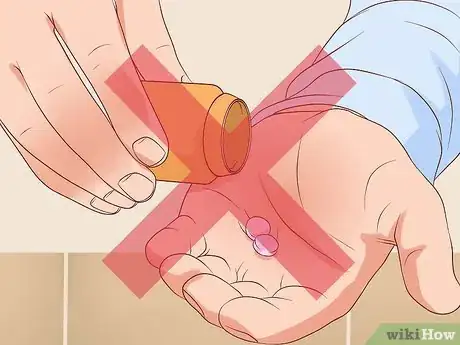
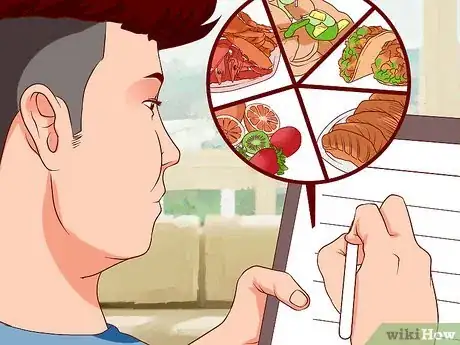
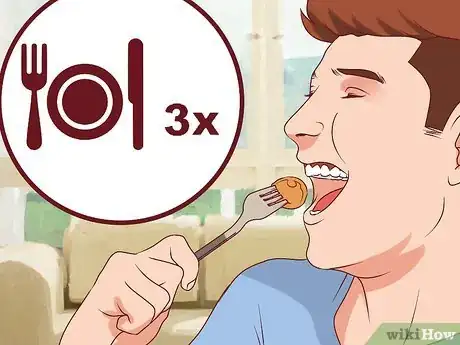
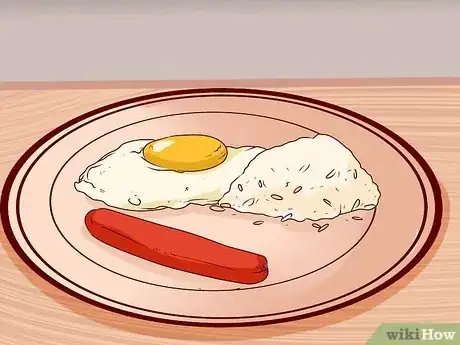

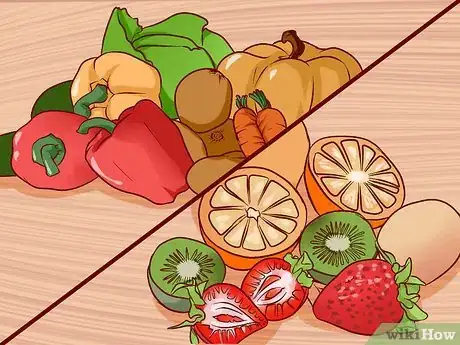
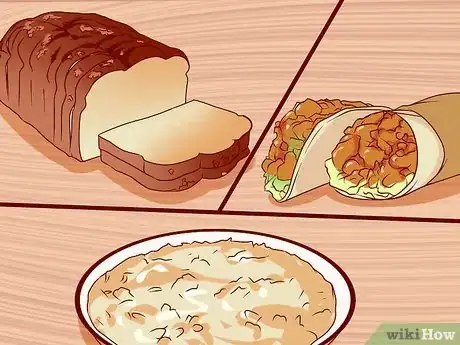
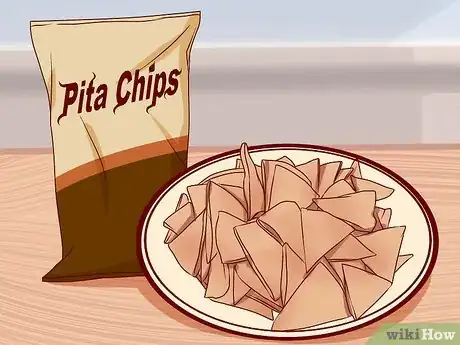
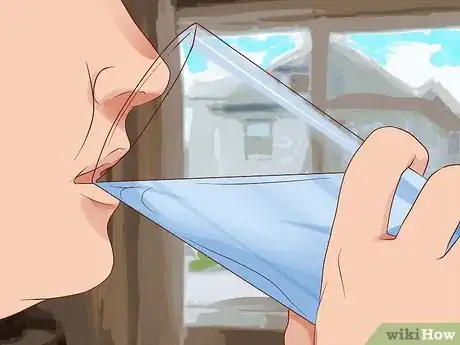
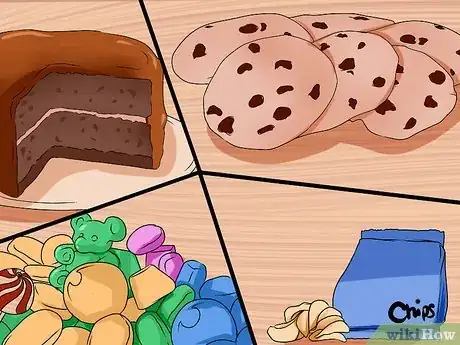
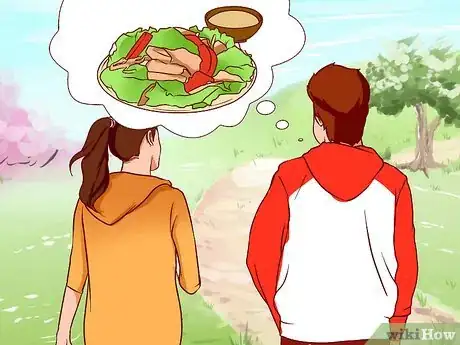


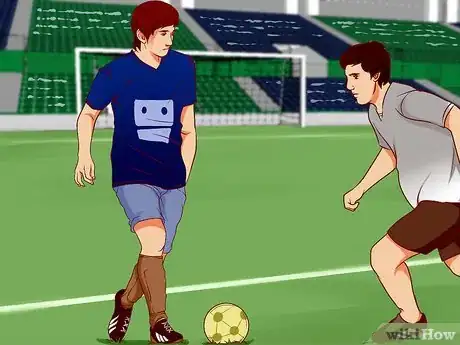
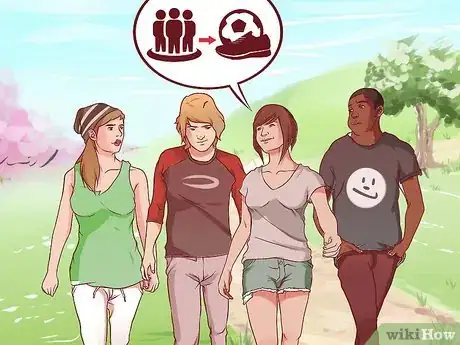
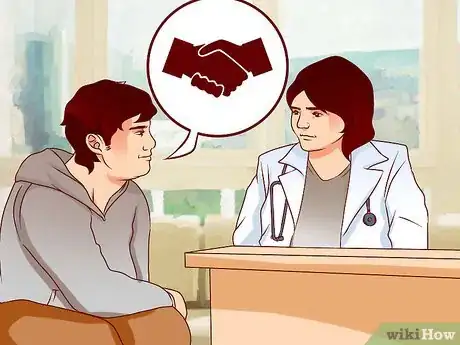
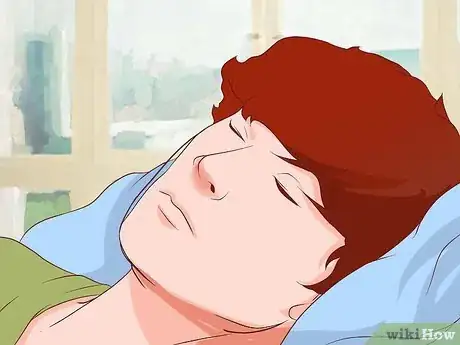

-Step-10-Version-3.webp)
-Step-30-Version-3.webp)
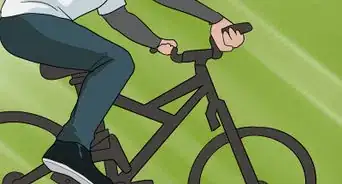
-Step-18.webp)


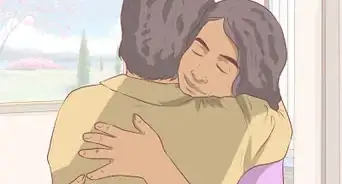
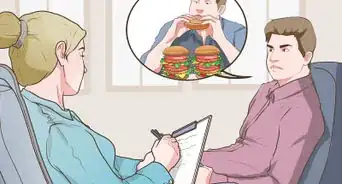
-Step-21.webp)
-Step-26.webp)
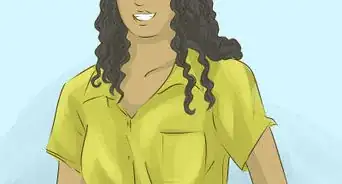

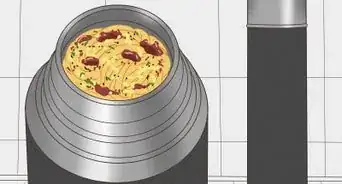








-Step-10-Version-3.webp)
-Step-30-Version-3.webp)
